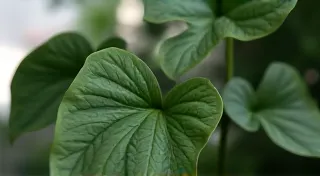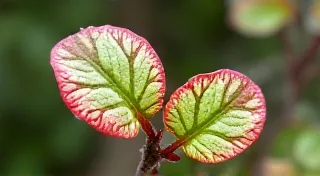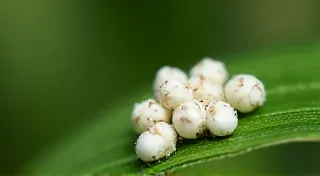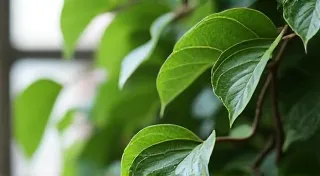Spider Mites: Prevention and Elimination on Rare Houseplants
Spider mites are a frustratingly common pest that can quickly devastate a collection of rare houseplants. While they might seem small, their impact can be significant. This guide details how to identify spider mite infestations on your precious uncommon plants, provides essential preventative measures, and outlines several effective elimination strategies.
Identifying a Spider Mite Infestation
Early detection is key to preventing widespread damage. Spider mites are incredibly tiny, often requiring a magnifying glass to see clearly. Here's what to look for:
- Fine webbing: This is a tell-tale sign. Spider mites create tiny webs between leaves and stems. Initially, this webbing might be subtle, appearing as a slight dusty coating.
- Stippling: Look for tiny, pale dots (stippling) on the leaves. These are feeding marks where spider mites have sucked out plant sap. Severe infestations will cause leaves to yellow and eventually drop.
- Bronze or mottled appearance: Infested leaves often develop a bronze or mottled appearance.
- Visible mites: With magnification, you can identify the tiny spider mites themselves. They are typically very light yellow to reddish-brown.
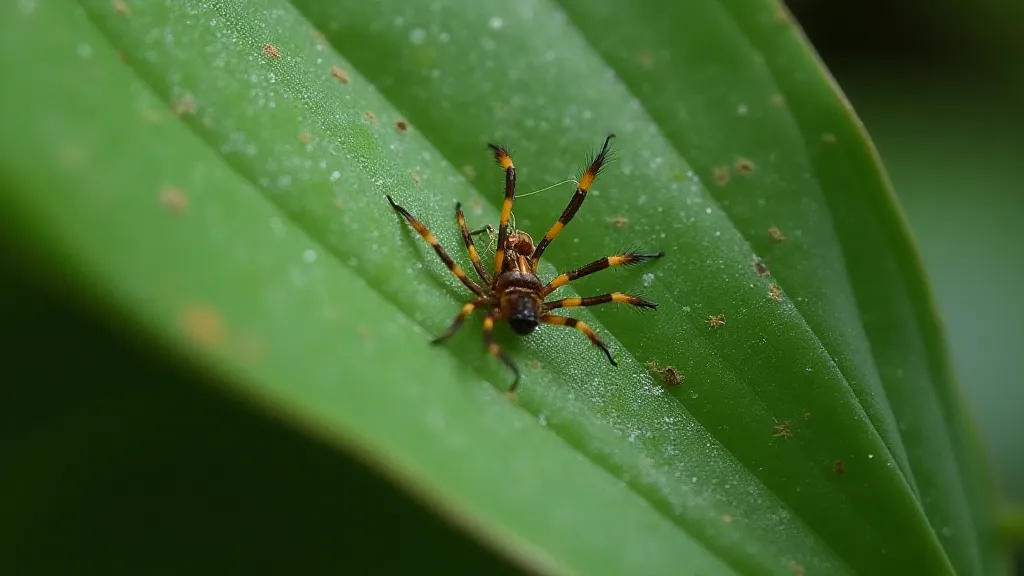
Prevention: Keeping Spider Mites Away
Prevention is always better than cure, especially with rare and delicate houseplants. Here are some proactive measures:
- Regular Inspection: The most crucial preventative step is regular inspection. Examine the undersides of leaves (where mites love to hide) at least once a week.
- Increase Humidity: Spider mites thrive in dry conditions. Increase humidity around your plants by misting regularly, using a humidifier, or placing plants on pebble trays filled with water. This is especially important during winter when heating systems dry out the air.
- Maintain Airflow: Good air circulation helps deter spider mites. Ensure your plants aren't overcrowded and that there's sufficient airflow around them. A gentle breeze can also help dislodge mites.
- Wipe Down Leaves: Regularly wipe down the leaves of your plants with a damp cloth or sponge. This physically removes dust and potential mites.
- Quarantine New Plants: Always quarantine new plants for several weeks before introducing them to your existing collection. This allows you to monitor them for any signs of pests.
Elimination Strategies: Getting Rid of Spider Mites
If you’re already dealing with a spider mite infestation, don’t panic! Here’s a range of elimination strategies. Start with the least invasive methods and escalate as needed.
- Strong Shower or Hose Down: A strong shower or hose down can physically dislodge many mites. Be sure to support the plant to prevent damage.
- Neem Oil: Neem oil is a natural insecticide that suffocates spider mites. Dilute according to the product instructions and apply thoroughly, especially to the undersides of leaves. Repeat applications are usually necessary.
- Insecticidal Soap: Insecticidal soap works similarly to neem oil by disrupting the mite's protective coating. Follow product instructions for application.
- Rubbing Alcohol (Isopropyl Alcohol): A diluted solution of rubbing alcohol (70% isopropyl alcohol diluted with water in a 1:1 ratio) can be applied directly to mites. Test a small area first to ensure the plant isn't sensitive.
- Predatory Mites (Biological Control): Introducing predatory mites (like Phytoseiulus persimilis) can be a very effective, long-term solution. These beneficial mites feed on spider mites.
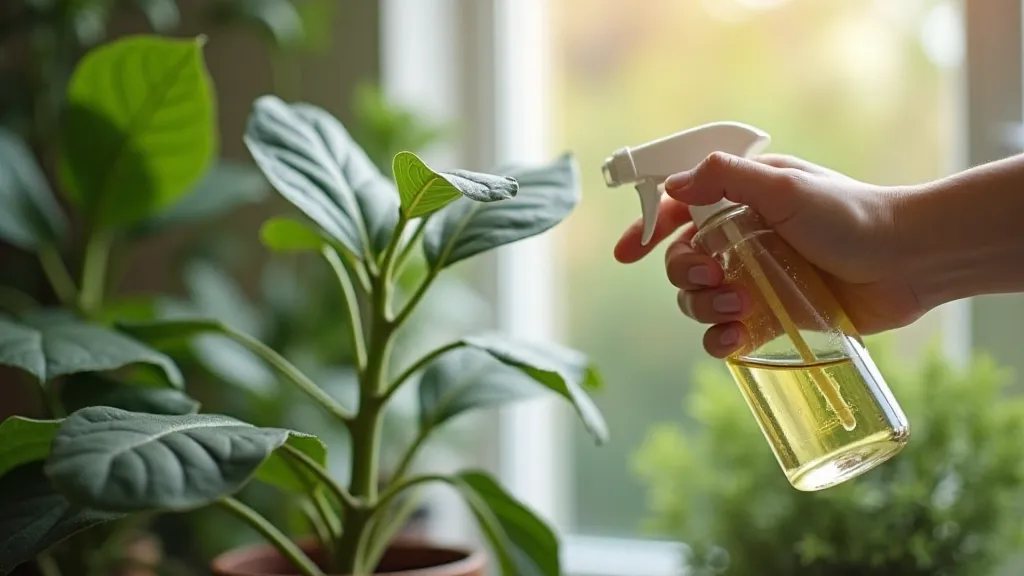
Important Considerations for Rare Houseplants
Rare houseplants often have specific needs and may be more sensitive to treatments. Always err on the side of caution:
- Test Treatments: Before applying any treatment to your entire plant, test it on a small, inconspicuous area first to check for any adverse reactions.
- Research Species-Specific Needs: Some rare plants may be particularly sensitive to certain chemicals or treatments. Research your specific species to ensure compatibility.
- Monitor Closely: After treatment, continue to monitor your plants closely for any signs of re-infestation.
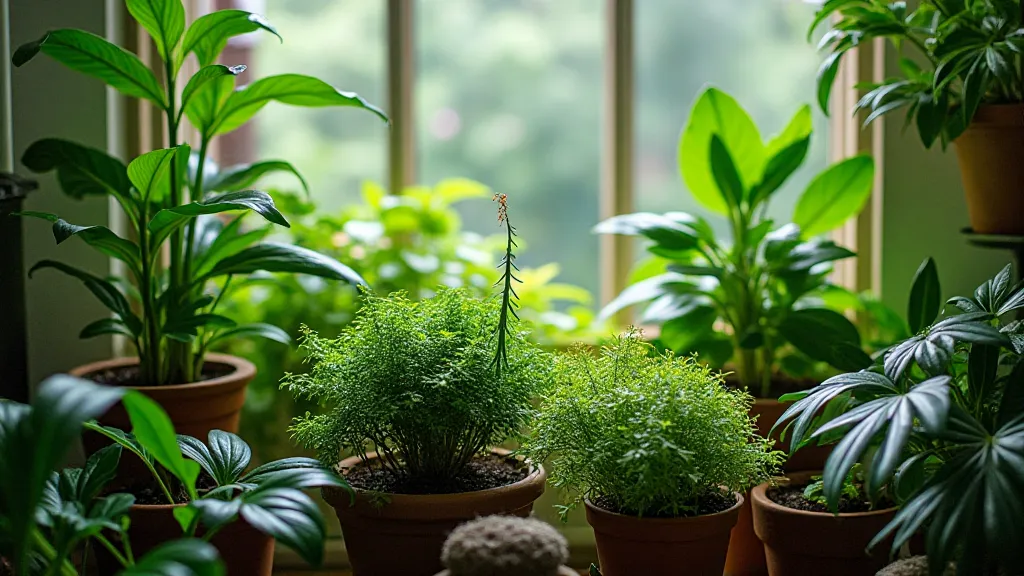
Dealing with spider mites can be frustrating, but with diligence and the right strategies, you can protect your precious rare houseplants and keep them thriving.
